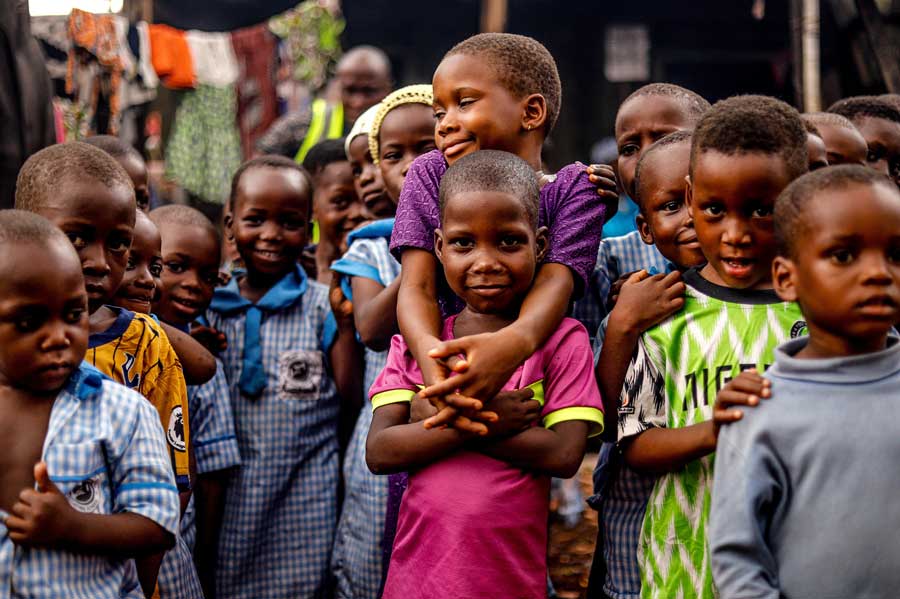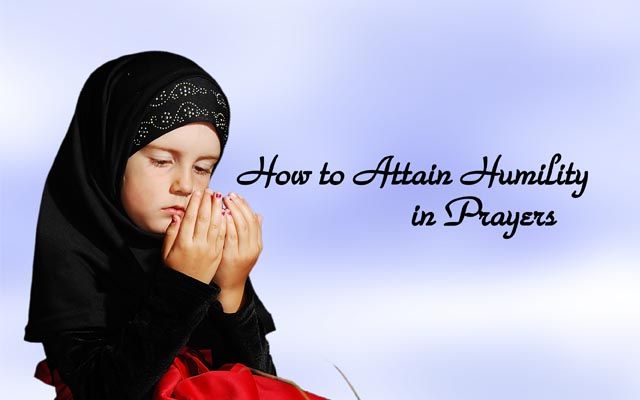Around fifty delegates from ten states attended Africa Summit 2011 in Washington D.C. on Sunday, December 18th of last year, organized by Helping Hand for Relief & Development (HHRD). Islamic Circle of North America (ICNA), a partner of HHRD, facilitated the organization of this unique event. The majority of the delegates were American-born of African heritage or expatriates from various African countries including Somalia, Kenya, Ethiopia, Guinea, Gambia, Mali, Nigeria, and Ghana.
Following an introduction of the participants and initial remarks by Dr. Farrukh Raza (CEO/President of HHRD) on the goals and objectives of the Summit, Dr. Sulayman Nyang, professor and chairman of the African Studies Department at Howard University in Washington, D.C., presented a comprehensive overview of Africa and its many political, social, and humanitarian challenges. He talked about the influence and impact on Africa by the European powers that occupied various parts of the continent during the late 19th and early 20th century, as well as the rich Muslim tradition brought by travelers and traders from Arabia and Malaysia. He informed the audience about the diverse cultures that make up this second largest and second most populous continent, a land with abundant natural resources and various regions that are fertile for agriculture. He talked about health issues such as malaria, the need to promote education, and the imperative challenge of bringing people together to resolve their tribal, ethnic, and political issues.
Dr. Asha Samad (PhD), professor of Medical Anthropology and a human rights activist with the Somali Association for Relief and Development (SAFRAD), discussed the political, social, and humanitarian issues that adversely affect development in East Africa and the Horn of Africa (a peninsula in East Africa that juts into the Arabian Sea, alternatively called the Somali Peninsula). She pointed out that those most affected by the instability in these regions are women, children, and minorities.
Dr. Ali Ibrahim Bahar, a professor at Houston Community College, talked about the many relief workers who go to Somalia and that most focus on Mogadishu. He made the point that this is critically necessary but that there are many other regions in Somalia such as Somaliland and Puntland (northeastern Somalia) that are experiencing extreme drought and famine, where the people need immediate assistance as well. He also spoke about a number of educational projects that he initiated a few years ago through an organization called IQRA.
After Dhuhr prayer and lunch break, the afternoon sessions began with Nadia Zeeshan making a general presentation about HHRD. Ilyas Hasan Choudry then made a presentation about HHRD’s relief and development work in Africa. Azmat Akbar, who is one of the coordinators of the humanitarian work in Africa, called from Kenya to greet everyone and to give them the exciting news that the HHRD relief workers and staff in Africa were viewing the proceedings via video conferencing.
Mid afternoon a group discussion was initiated by Dr. Iqbal Unus. Following some hours of intense dialogue and analysis, including input from smaller break-out groups, a consensus was built that HHRD must continue with the emergency relief work already in place that includes food and water distribution, providing of basic healthcare, shelter, and in-kind donations to the internally displaced persons in various relief camps across Africa. It was concluded that the long-term development phase will proceed where security issues do not interfere. That phase will concentrate on programs and projects in the areas of healthcare, education, poverty eradication, and the empowerment of women. It was further emphasized that arrangements should be made by HHRD, in coordination with their field staff in Africa, for doctors and nurses from the U.S. and Canada to go and work in the field for 1-2 week stints, providing medical care and helping to improve health conditions, as well as provide pertinent advice to the local HHRD staff.
HHRD will continue to collaborate with the Summit delegates through the formation of an Advisory Council on Africa, and through the various regional offices of HHRD. HHRD will reach out to communities nationwide through presentations, workshops, and fundraising efforts to provide humanitarian relief and development to the people of Africa.
Following was the feedback on the Summit from the participants:
How did the formation of the Summit come about?
In the past, Helping Hand for Relief & Development (HHRD), an international humanitarian charity organization with masha’Allah the highest four-star status [exceeds industry standards and outperforms most charities in its Cause], used to work in various African countries partnering with the local NGOs. This year, 2011, saw HHRD representatives going and establishing relief work in North African countries like Algeria, Tunisia, Libya, and Egypt. Then in the summer of 2011, two HHRD teams, Water & Sanitation Hygiene (WASH) and Healthcare, visited the famine-stricken areas of Kenya in East Africa and Somalia in the Horn of Africa. The situation is so bad in these regions that HHRD decided to stay in the areas and work on short-term relief and later on long-term development projects. Then HHRD’s CEO/President Farrukh Raza and Executive Director of International Programs Irfan Khurshid visited the areas. With these efforts, with HHRD teams on ground, Kenya and Somalia have become two more countries, in addition to Pakistan and Haiti, where HHRD is registered as a local NGO. HHRD’s long-term 2020 vision calls for expanding HHRD’s humanitarian work in other regions of Africa. For such projects it is very important to bring on activists and intellectuals from the African American community in the U.S. For this purpose the Summit was called, to build consensus and define the priorities of humanitarian work in Africa.
What are the plans now that the Summit is over? How does HHRD intend on putting what was discussed into action?
Notes are being gathered to properly document the proceedings, so as to have all the comments, suggestions, and ideas incorporated, while making strategies and programs for the work in Africa. Continuous feedback from the participants is going to be vital as we move forward. As soon as an Advisory Council on Africa is formed, it will meet on regular basis, monthly or quarterly, to guide the projects and implement strategies for the short-term relief efforts and long-term developmental programs in Africa.
As I understand, even though issues related to the drought drew immediate concern, larger scope issues were also discussed. Africa often gets overlooked by the media, ironically because of its chronic and long-standing humanitarian issues. What is the importance of addressing those chronic crises in the region as well as the immediate concerns?
As they say — prevention is better than cure. So there is indeed necessity to implement developmental programs so that we can try our best to avoid such critical issues in the future. However, at present there is drought and famine in an environment which is not safe and secure. So it is being projected that the short-term relief projects like water and food distribution, basic healthcare, and in-kind donations will need to continue for a while. Along the way some pilot long-term developmental programs will be implemented in close consultation with the Advisory Committee. Then these pilot programs can become the blue prints for implementation in various parts of Africa. An integrated approach has worked in the past, incorporating programs and projects such as Water and Hygiene Sanitation (WASH), Livelihood (Skills Development & Micro-Financing), Homes Construction, Orphan Sponsorship & Support, Basic Healthcare Units, Mobile Clinic arranging Health Fares, Construction or Re-Construction of Schools, and providing some kind of social support (like wedding gift boxes).
| Question |
In your opinion, what do you feel was the most poignant moment of the Summit? What was the biggest challenge in organizing the Summit?
| Answer |
There were several stirring moments during the Summit. The informative presentations by Dr. Sulayman Nyang and Dr. Asha Samad in the morning session brought to light several historical, political, social, and other realities about Africa which many were not aware of. As coordinators and facilitators of the Summit, one big challenge we faced was how to bring about a consensus among a large group of 40-plus individuals of varying backgrounds and experiences. Our group discussions facilitator for the afternoon session, Dr. Iqbal Unus, with help from Sheikh Abdur Rahman of Chicago, was able to bring about a consensus of opinion on what should be the top four priority areas of long-term humanitarian work in Africa. These four areas are poverty eradication, health, education, and women empowerment.





